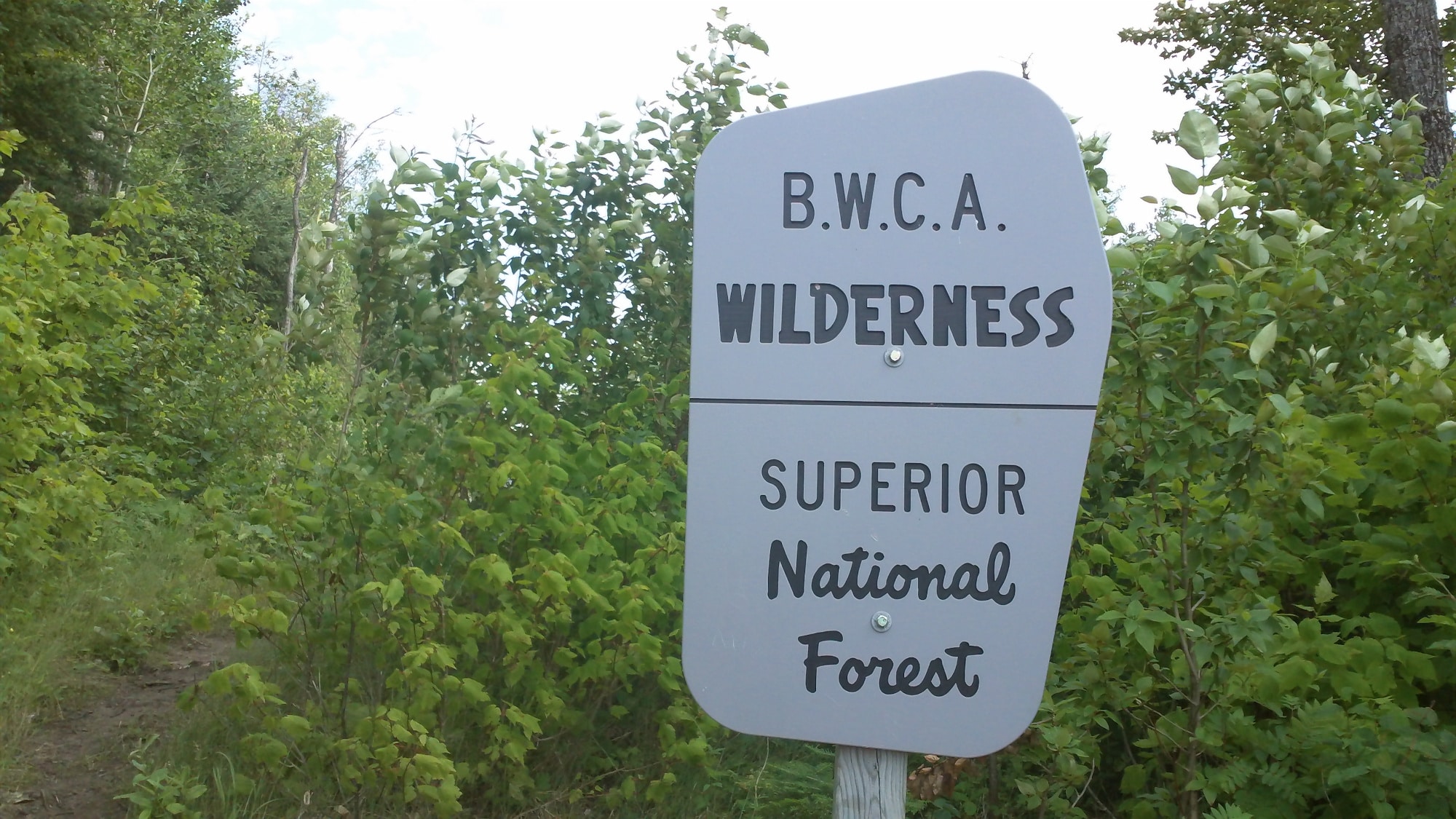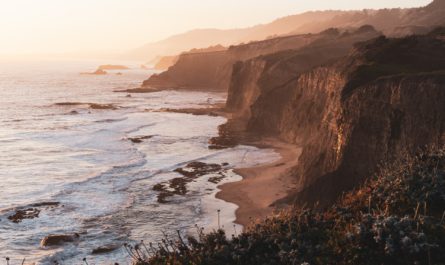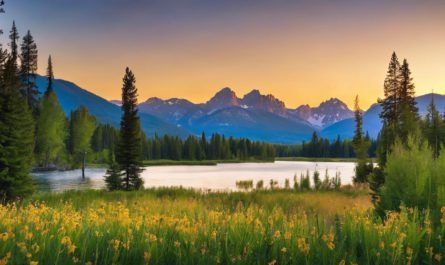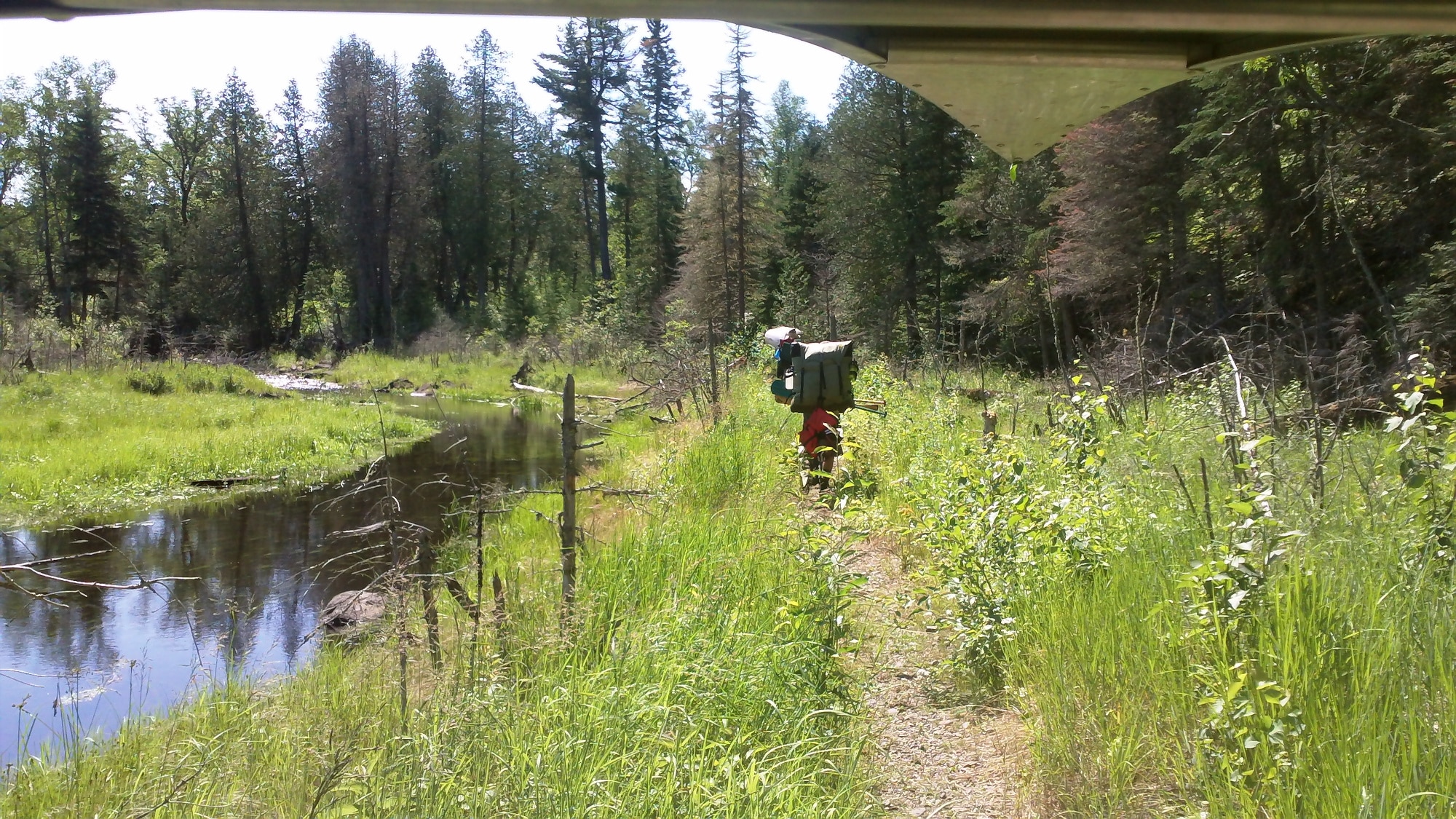The Boundary Waters Canoe Area (BWCA) is a breathtaking expanse of interconnected lakes and rivers nestled within the Superior National Forest in northeastern Minnesota. Its pristine wilderness, abundant wildlife, and unparalleled tranquility make it a must-visit destination for paddling enthusiasts and nature lovers. To ensure your adventure is memorable and safe, follow our comprehensive step-by-step guide on how to plan a Boundary Waters canoe trip, covering everything from permits and entry points to safety precautions and Leave No Trace principles.
Plan A Boundary Waters Canoe Trip
Navigating the Wilderness: 10 Essential Steps for Planning Your Boundary Waters Canoe Adventure
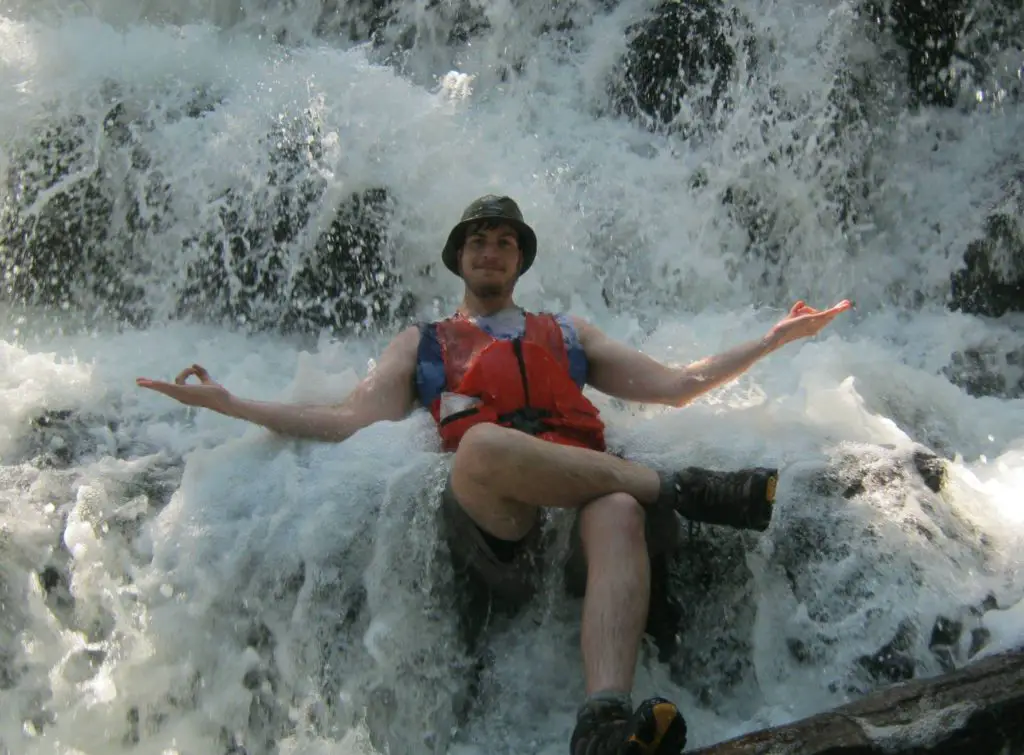
The Boundary Waters Canoe Area offers a unique opportunity to immerse yourself in pristine nature. To fully enjoy this wilderness experience, proper planning is crucial. Follow these 10 essential steps to prepare for your canoe adventure, ensuring a safe and memorable trip through the BWCA’s breathtaking landscapes.
Step 1: Choose Your Dates
Determining the time of year and duration of your trip is essential. The peak season for the BWCA is between June and August, offering warmer weather and longer daylight hours. However, spring and fall visits provide a more peaceful experience with fewer visitors, cooler temperatures, and, in some cases, striking fall foliage.
Step 2: Research Permit Requirements
A permit is required for all overnight trips in the BWCA between May 1 and September 30. Obtain your permit through Recreation.gov, where you’ll find information on permit quotas and regulations. In addition, day-use motor permits are needed for some areas, so research those requirements if applicable.
Step 3: Select an Entry Point
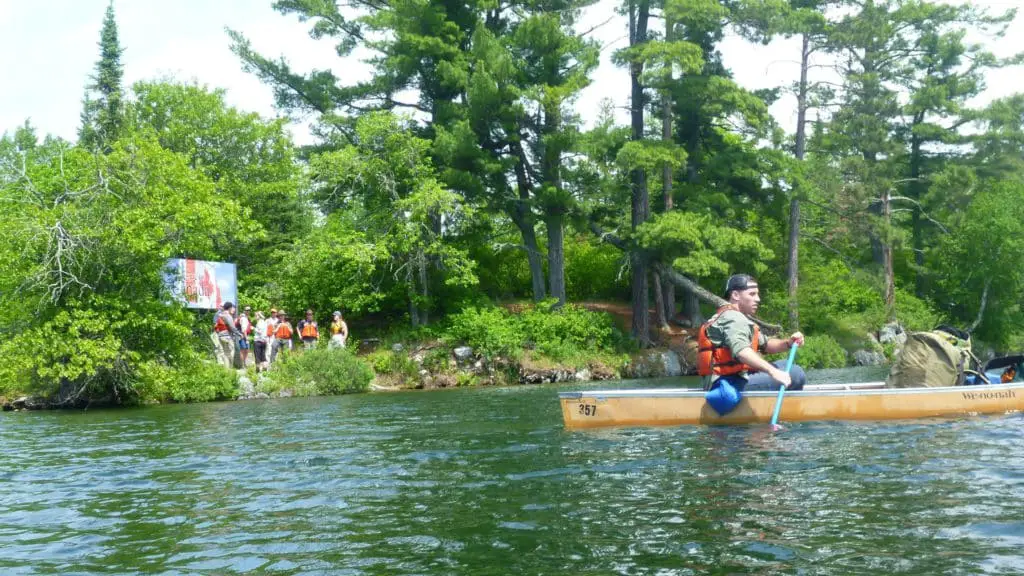
With over 60 entry points in the BWCA, choosing the right one is crucial. First, research and select an entry point that matches your skill level, desired trip length, and interests. Popular entry points include Seagull Lake, Sawbill Lake, and Lake One. Each entry point offers access to different routes, so consider how these routes align with your adventure goals.
Step 4: Plan Your Route
Based on your chosen entry point, research and plan a route that suits your group’s abilities and interests. Consider factors like distance, portage difficulty, and the number of campsites along the way. Then, utilize online resources, guidebooks, and maps to help you plan a route that will provide an enjoyable and safe experience.
Step 5: Reserve Your Permit
Once you have selected an entry point and planned your route, reserve your permit through Recreation.gov. Booking early is essential, as permits can fill up quickly, especially for popular entry points and dates.
How do you get a permit for a trip to the BWCA
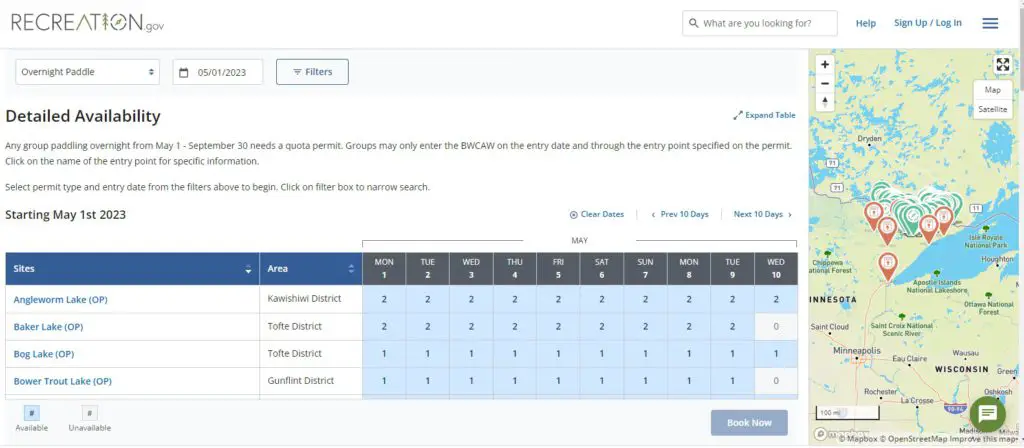
To obtain a permit for a trip into the Boundary Waters Canoe Area (BWCA), follow these steps:
- Visit the reservation system at Recreation.gov: Go to the Recreation.gov website (https://www.recreation.gov/) and search for “Boundary Waters Canoe Area Wilderness” or directly visit the BWCA permit page (https://www.recreation.gov/permits/233396).
- Choose your entry point and date: Permits are specific to entry points and dates, so you’ll need to select the desired entry point and the date you plan to enter the BWCA. Research entry points and plan your route before making a reservation.
- Create an account or log in: If you don’t already have one on Recreation.gov, you’ll need to create one. If you already have an account, log in to proceed with the reservation.
- Complete the reservation: Fill out the required information, including your group size and other details. Review your reservation and pay the applicable fees. Reservation fees and overnight camping fees will apply.
- Print your permit: After completing the reservation and payment, you’ll receive an email confirmation. You must pick up your permit in person at the designated permit-issue station on the entry date or the day before. Before receiving your permit, you must watch the Leave No Trace video and review the BWCA regulations with a Forest Service staff member.
Remember that permits for overnight trips in the BWCA are required between May 1 and September 30. They are issued on a first-come, first-served basis, so it’s best to reserve your permit as early as possible, especially for popular entry points and dates.
Step 6: Organize Your Gear
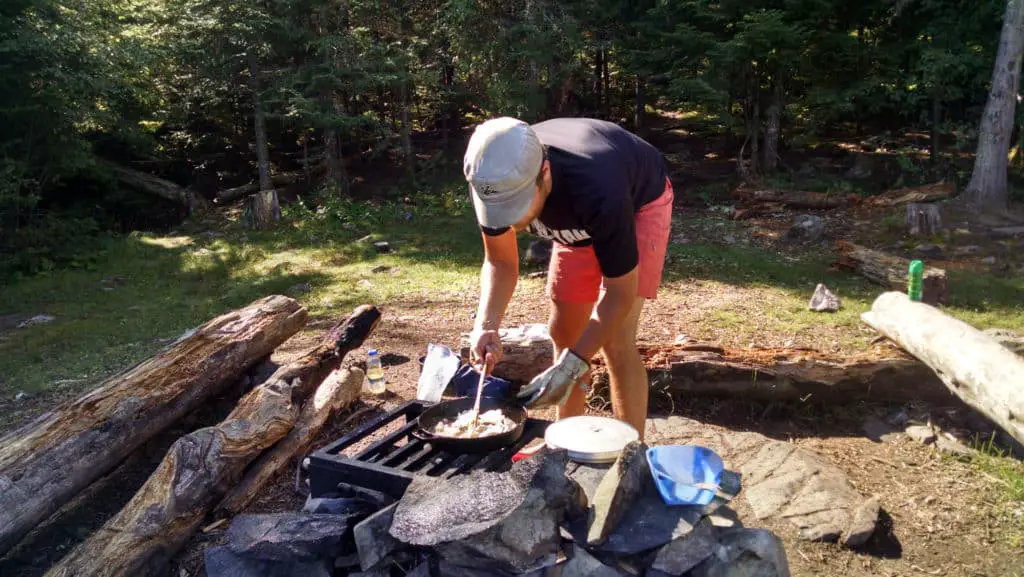
Compile a comprehensive list of the necessary gear, such as camping equipment, clothing, cooking supplies, and navigation tools. Then, inspect your gear for needed repairs or replacements, and make sure you have appropriate items for your trip, including a bear-resistant food container.
Step 7: Plan Your Meals
Create a meal plan for your trip, considering the number of days and your group’s preferences. Opt for lightweight, non-perishable, and easy-to-prepare foods. Consider pre-portioning meals in resealable bags to save space and minimize waste.
Step 8: Practice Leave No Trace Principles
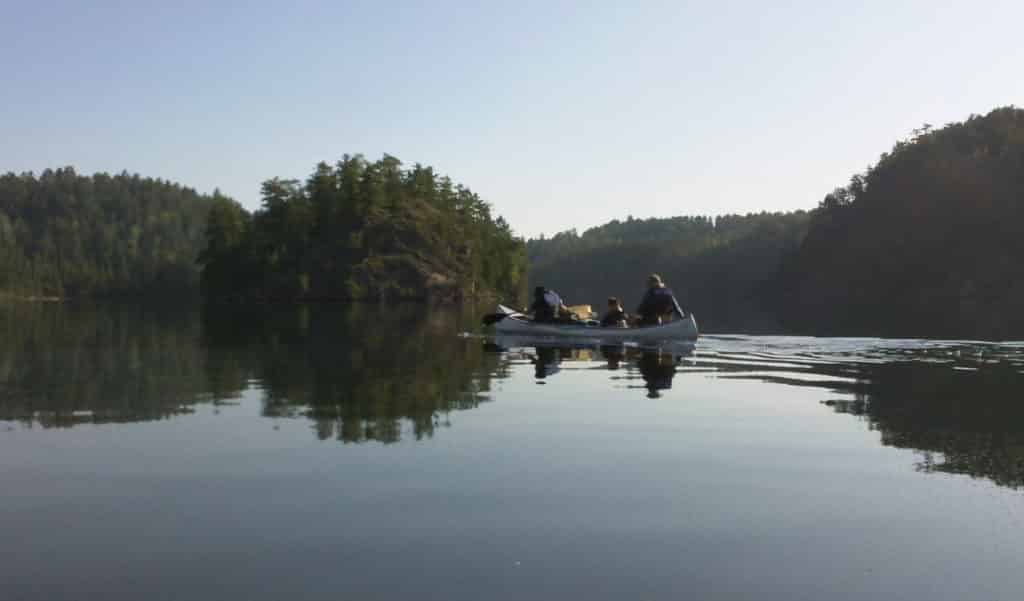
Familiarize yourself and your group with Leave No Trace principles to minimize your impact on the wilderness. These principles include packing out all trash, using established campsites and fire grates, and properly storing food to avoid attracting wildlife.
Step 9: Monitor Weather, Water, and Fire Conditions
Before your trip, keep an eye on the weather forecast, water levels for your chosen route, and fire conditions in the BWCA. Visit the Superior National Forest website or contact a local ranger station for the latest fire danger ratings and potential fire restrictions. Then, adjust your plans if necessary to account for any potentially hazardous conditions.
Step 10: Review Safety Procedures
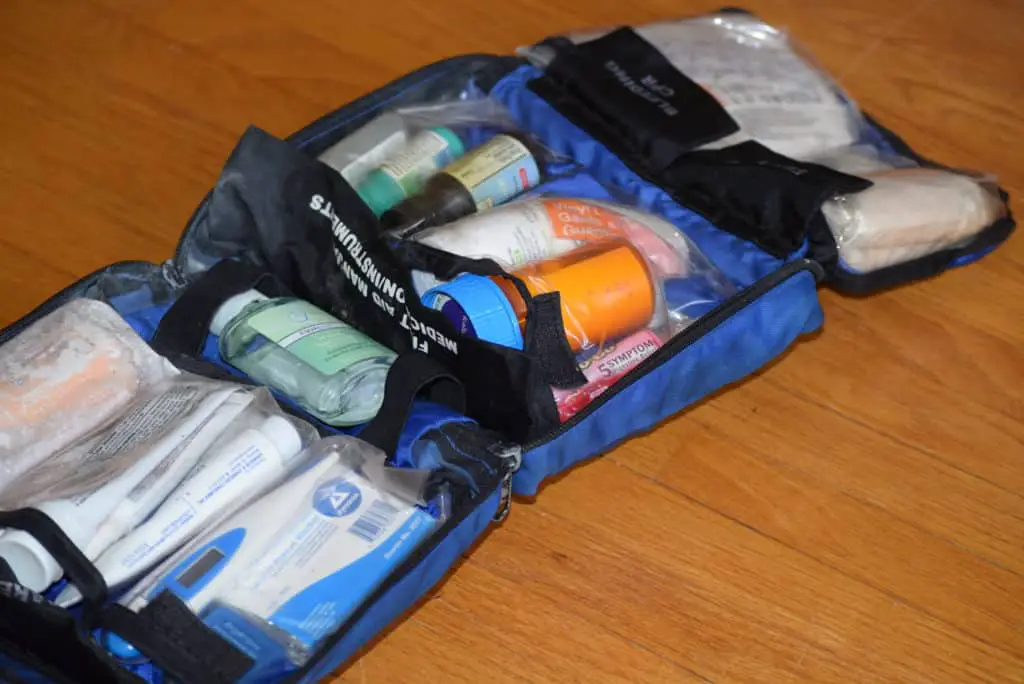
Ensure everyone in your group is familiar with basic wilderness safety procedures, such as using a map and compass, handling a canoe in windy conditions, and knowing what to do in an emergency.
What to Do If You’re Injured in the BWCA
Injuries can happen, even with the best preparation. Knowing how to respond to an injury in the BWCA can significantly affect the outcome. Here are some steps to follow if someone in your group is injured:
Stay calm: Keep a clear head and assess the situation. Remaining calm will help you make better decisions and reassure the injured person.
Assess the injury: Determine the severity of the damage and whether it requires immediate attention or can be managed until you return to civilization.
Administer first aid: If you’re trained in wilderness first aid, provide appropriate care for the injury. Always carry a well-stocked first aid kit in your gear.
Adjust your plans: If the injury is severe and requires evacuation or professional medical attention, alter your route to reach the nearest exit point or ranger station as quickly and safely as possible.
Call for help: If necessary, use a satellite phone, personal locator beacon (PLB), or satellite messenger to request emergency assistance. Cell phone coverage in the BWCA is unreliable, so consider carrying a satellite communication device for emergencies.
Video: Plan A Boundary Waters Canoe Trip
Final Thoughts On How to Plan a Boundary Waters Canoe Trip
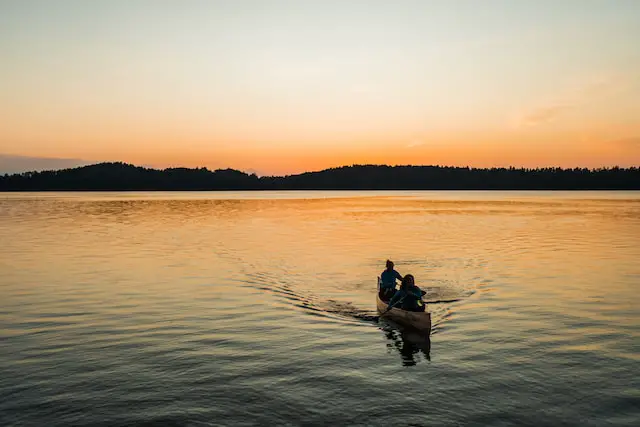
Embarking on a Boundary Waters Canoe Area adventure requires thorough planning and preparation, but the reward of experiencing this pristine wilderness is well worth the effort. By following our step-by-step guide, you’ll be well-equipped to navigate the challenges and marvel at the beauty of the BWCA, creating memories that will last a lifetime.
